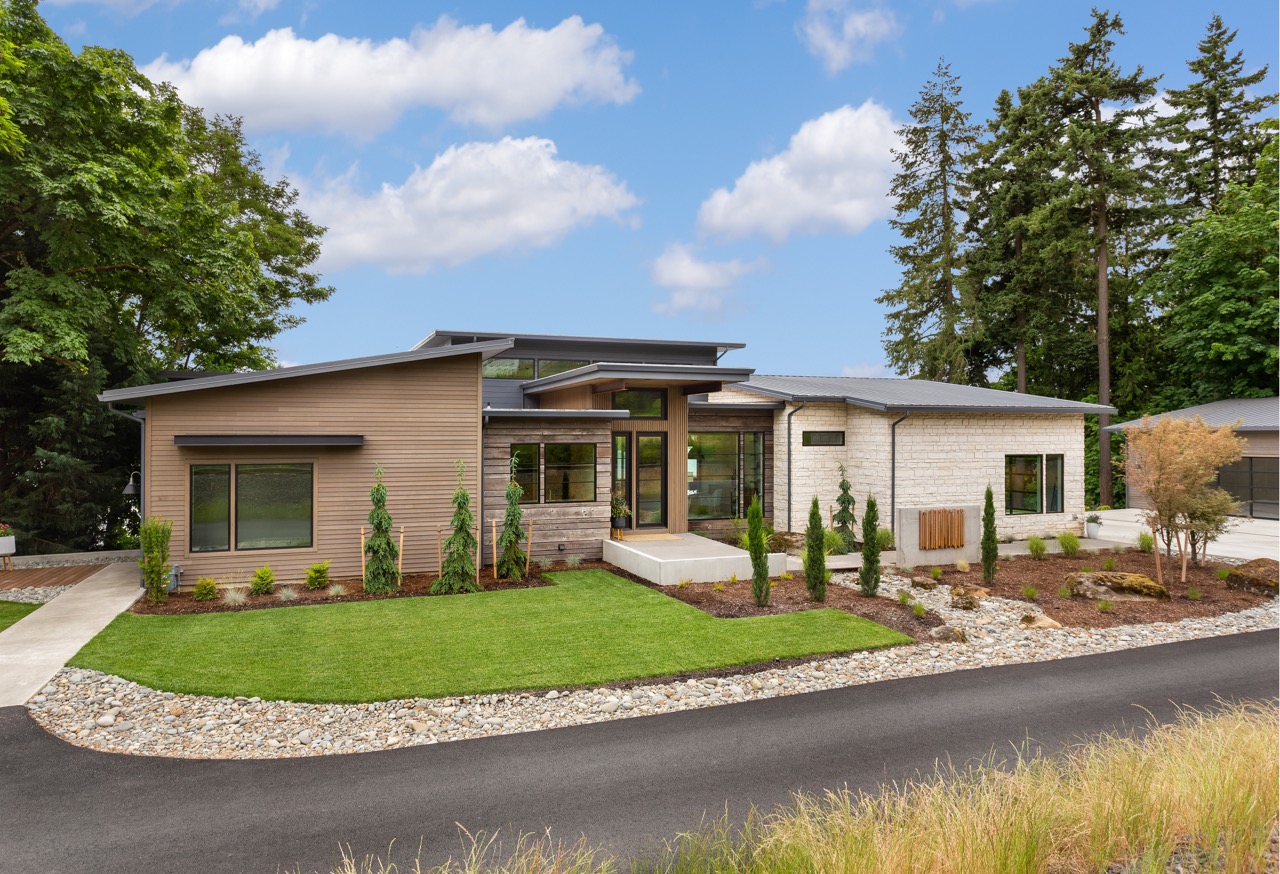The siding on homes has improved dramatically over the centuries. In the 1800s, wooden siding began to be commercially manufactured and also fabricated by homeowners in many styles, including wooden shakes, clapboard siding, lap siding, beveled lap siding, tongue and groove, sawn shingles, and many more.
All of these products needed to be stained or treated with oil so to prevent them from drying out and cracking. Wooden siding needed to be painted and repainted to make sure that the elements of the weather were kept out of the interior of the homes. These types of siding were also major fire hazards and were subject to rotting, termites, and other pests.
Asbestos Siding
Asbestos siding was the first practical alternative to wood siding. Made from the fibers of minerals, asbestos won’t burn or be eaten by termites, and, when it is combined with cement and formed into rigid sheets, is a practical, hardy alternative to wood. However, it absorbs moisture, fades quickly, and is a poor insulator. Asbestos reached its peak usage from the 1920s to the 1940s.
Asphalt Siding
Asphalt siding was a heavy felt-like material coated with thick asphalt and crushed mineral granules. Much like asphalt roofing shingles, it did not shatter, it resisted weathering, and it was widely available in many colors and even in imitation brick and stone.
Aluminum Siding
Aluminum siding began to be manufactured shortly after the second world war. Due to its lower cost, lightweight, and weatherability, aluminum siding became very popular. The painted coating came in many different colors and did not easily fade or oxidize. It was easy and fast to install and very cost-effective when compared to brick and stone veneers.
Vinyl Siding
Vinyl is currently the most popular material among siding products. Hitting the market in the 1960s, vinyl quickly dominated the aluminum siding market because aluminum became more expensive as energy costs increased during the 1970s. Vinyl was the more economical alternative and currently remains so in most cases.
Fiber Cement Siding
Fiber cement is fabricated to look like wood siding, with the wood graining formed into the face. As an added bonus, it may look like wood but isn’t subject to rot or insect damage. It’s a durable low-maintenance product made of recycled materials and often comes with a manufacturer’s warranty.
Fiberglass Siding
An up-and-coming product is fiberglass siding. Hitting the market in 2006, it’s similar to vinyl in design and installation. However, vinyl siding expands in hot weather causing it to sag and warp. Since fiberglass has no noticeable expansion in hot environments, any sagging is eliminated.
- When Do I Need to Replace My Rain Gutters? - May 20, 2024
- Getting Your Rain Gutters Ready For Spring - April 22, 2024
- Why James Hardie Siding Is Perfect For Your Home - March 26, 2024



